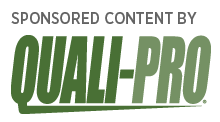Learn how (and when) to identify and treat ABW damage.
Turf damage signals there’s a problem, and in the case of the annual bluegrass weevil (ABW), seeing that damage means it’s too late. That’s why it’s critical to stay ahead of the pest by learning how to properly identify and treat affected areas.
How to identify an ABW problem
ABWs primarily are found in the eastern part of the country, from North Carolina and as far west as Ohio, says Benjamin McGraw, Ph.D., associate professor of turfgrass science at Pennsylvania State University.

Ben McGraw, Ph.D.
The pest has been shown to prefer short-mown (below 3/4 inch) Poa annua over bentgrass in several studies, though they can still develop in bentgrass and perennial ryegrass.
“Damage is typically observed in late spring on the edges of short mown areas — tees, fairways, approaches, collars — and roughs,” McGraw says. “The symptoms are fairly similar to anthracnose and can often be misdiagnosed.”
On Poa anua, the symptoms first appear as yellowing and turn orange/brown as the damage progresses. With bentgrass, the symptoms can appear like anthracnose but with more of a bronze appearance. It can often be confused with heat stress or wilt.
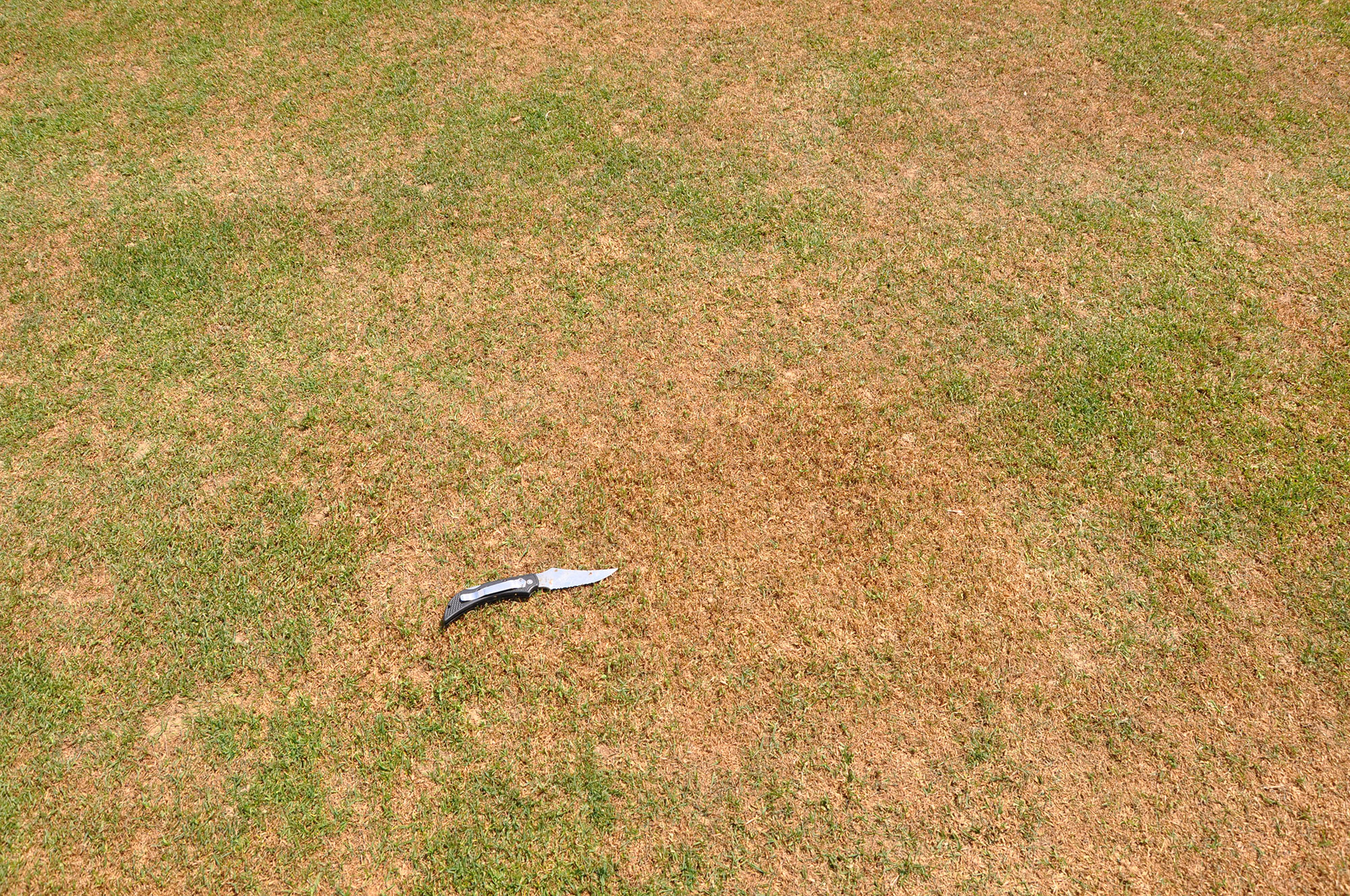
ABW damage at Willowbrook CC in Apollo, Penn. Knife shown for scale. (Photo: Ben McGraw)
Best time to stop the pest
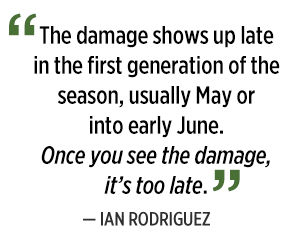
Gaining control over this pest in the spring is vital because if left uncontrolled, the females can lay eggs over many weeks, leading to a near continuous production of larvae throughout the season.
“This leads to a mix of larval ages,” McGraw says. “Some larvae will be in the stem of the plant and protected from most chemical interventions, some will be in the soil and actively feeding on the crown and some will be pupae — and naturally protected from chemical controls as well.”
That results in a mixed-age population and imperfect control, says Ian Rodriguez, Ph.D., technical service manager at Quali-Pro.
“The damage shows up late in the first generation of the season, usually May or into early June,” Rodriguez says. “Once you see the damage, it’s too late.”
Top treatment options
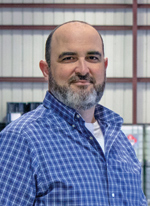
Ian Rodriguez, Ph.D.
Most superintendents treat the pest population with sequential applications: preventive and curative. The preventive application targets adults before they lay eggs, or before the larvae develop in the stem.
A curative application can be made next as the larvae transition from being inside of the stem to feeding externally on the crown from the soil. This application is a little more difficult to time and requires more work to assess the stages and timing. In areas where populations are dense, the sequential approach can be a good strategy.
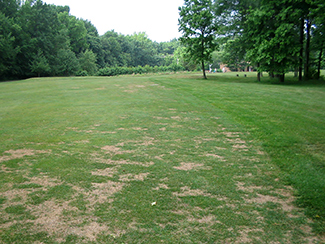
ABW damage at Pine Brook GC in Manalapan, NJ. (Photo: Ben McGraw)
Cultural practices that are already performed on putting surfaces — like mowing, growing and double cutting greens — can help decrease the ABW population, McGraw says.
However, outside of putting surfaces, cultural practices seem to have less of an effect.
He encourages superintendents to make data-driven decisions, monitor populations through multiple means and limit the number of chemical applications in time and space. Overuse of adulticides, like pyrethroids, leads to resistance.
New solution
As these pests build resistance to pyrethroid products and other chemistries being phased out in several states, Quali-Pro is launching an insecticide later this year to offer superintendents an effective tool to battle ABW.
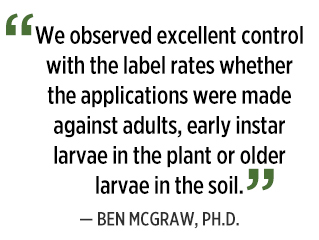 “We observed excellent control with the label rates whether the applications were made against adults, early instar larvae in the plant or older larvae in the soil — and these trials were conducted on ABW populations with moderately high levels of pyrethroid resistance,” says McGraw, who has been conducting lab and field trials of the product over the last three years.
“We observed excellent control with the label rates whether the applications were made against adults, early instar larvae in the plant or older larvae in the soil — and these trials were conducted on ABW populations with moderately high levels of pyrethroid resistance,” says McGraw, who has been conducting lab and field trials of the product over the last three years.
This suggests that it may also assist with controlling summer populations that have overlapping stages, some of which may be difficult to control with traditional chemistries.
“ABW is definitely not a pest you want to sit back and wait with,” Rodriguez says. “Once you see damage, it’s even more difficult to do something about it.”
To learn more about Quali-Pro, and keep an eye on their coming product releases, visit controlsolutionsinc.com/quali-pro.
This page was produced by North Coast Media’s content marketing staff in collaboration with Quali-Pro. NCM Content Marketing connects marketers to audiences and delivers industry trends, business tips and product information. The Golfdom editorial staff did not create this content.
Header photo: Ben McGraw



